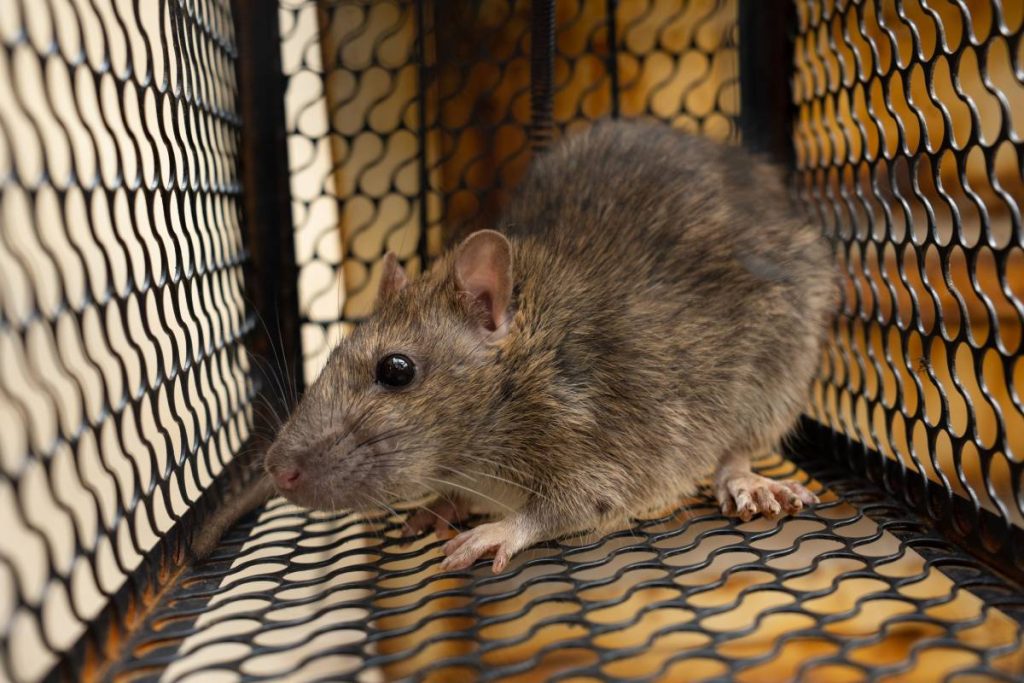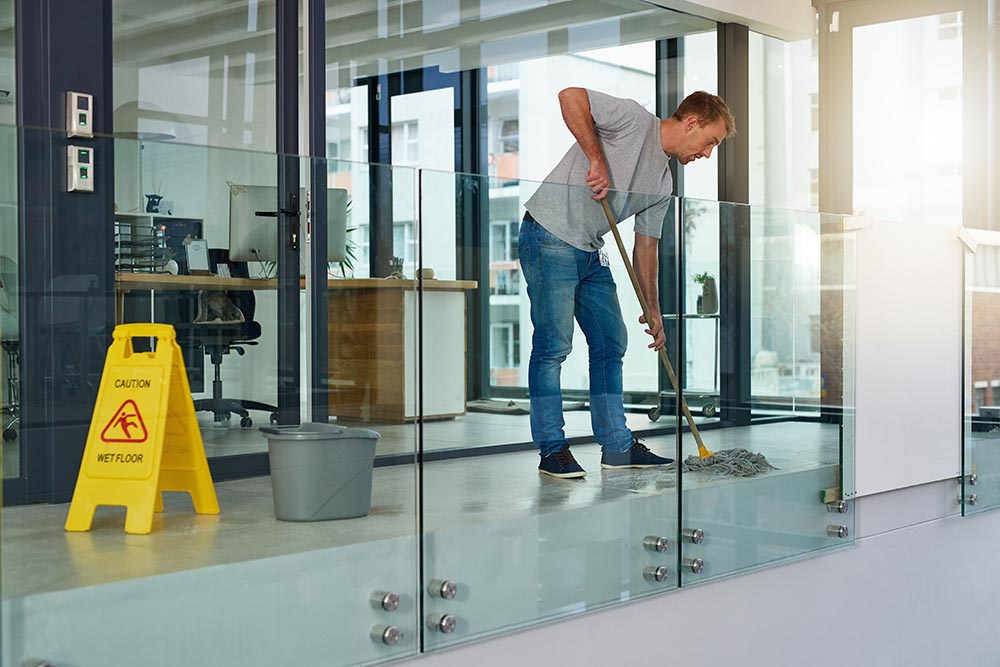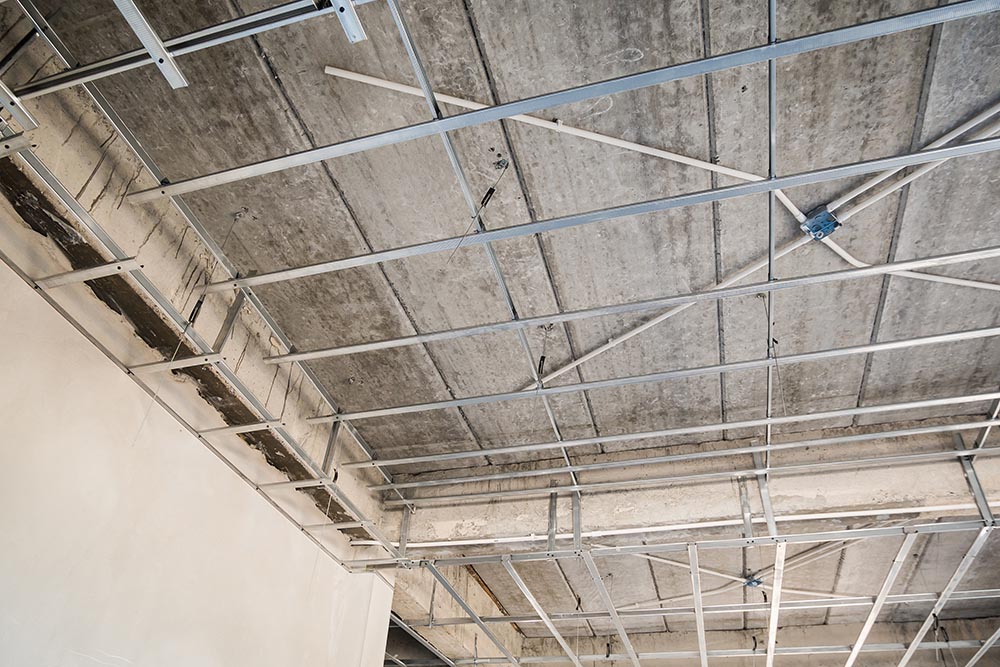8 Simple Ways to Enhance the Air You Breathe at Home

We often hear about outdoor air pollution, but how often do we consider the quality of the air inside our homes?
While we worry about pollution outside, it’s crucial to remember that indoor air quality matters just as much.
According to the Environmental Protection Agency (EPA), indoor air pollutants can be up to 100 times more concentrated than outdoor pollutants, and they can significantly impact our health.
Indoor air pollution can lead to various health issues such as cancer, pneumonia, asthma, allergies, heart disease, and even low birth weight. Certain groups like those with respiratory or heart conditions, young children, and the elderly are particularly vulnerable.
Sometimes, respiratory symptoms might hint at poor indoor air quality, but often harmful pollutants can go unnoticed for years.
Improving your indoor air quality can reduce health risks and enhance your overall well-being. Here are 8 tips to help you get started.
Minimize Pollutants
Keeping your indoor air fresh involves understanding where common pollutants come from and taking steps to avoid them.
Some typical pollutants include:
Radon
This natural radioactive gas can seep into your home through cracks in the ground, posing a risk of lung cancer.
You can easily check for unsafe levels of radon with home test kits. If levels are high, sealing your home’s foundation can prevent radon from entering your living space.

Secondhand Smoke
Exhaled cigarette smoke increases the risk of various health issues, including cancer. Thirdhand smoke, which lingers on surfaces, also poses a danger.
To keep your home smoke-free, avoid smoking indoors. Reducing smoking altogether is even better, as thirdhand smoke residue on clothes can affect indoor air quality.
Formaldehyde
This volatile organic compound (VOC) is found in many household items, such as composite wood and furniture glues. Overexposure can lead to respiratory problems like bronchitis.
Reduce formaldehyde exposure by opting for used furniture or solid wood alternatives, which emit lower levels over time.
Cleaning Products
Certain cleaning products contain harmful chemicals that linger in the air, such as glass cleaners, air fresheners, bleach, and sprays.
Choosing non-toxic cleaning products ensures a clean home without the added pollutants found in conventional cleaners.
Assess Your Air Quality
If you’re worried about the air you’re breathing indoors but unsure where to start, consider evaluating your air quality.
You have two options: do-it-yourself (DIY) or hire a professional.
The choice depends on your preferences. DIY testing is usually cheaper, but professionals can provide more detailed and personalized insights.
DIY Air Quality Testing
You can purchase various air quality test kits online. Some kits cover multiple pollutants, while others focus on specific ones like radon.
Since DIY kits may not cover all pollutants comprehensively, they’re suitable if you’re only concerned about specific contaminants. For a comprehensive assessment, hiring a professional may be more effective in the long run.
DIY tests typically cost up to $200, but expenses may increase for comprehensive testing.
Professional Air Quality Testing
Although hiring a professional is pricier, they often offer additional services beyond testing. For instance, they may assist with managing and eliminating sources of pollution, such as mould prevention and removal.

Manage Allergens
Indoor spaces often harbour various allergens and irritants, such as dust, mould, pet dander, and dust mites. Controlling these allergens can significantly improve air quality and reduce respiratory symptoms like a runny nose, watery eyes, and itching.
To tackle allergens effectively, you need a combination of prevention and maintenance.
Preventative Measures:
- Regularly groom and bathe your pets.
- Wash bedding in hot water twice a month to eliminate dust mites.
- Opt for hypoallergenic pillows and mattress covers to keep dust mites away.
Additionally, you can remove allergens from the air by:
- Vacuuming and dusting frequently to prevent the buildup of pet dander, dust, and dust mites.
- Cleaning mould off nonporous surfaces with a bleach or soap solution.
- Replacing mould-infested carpet, wood, or drywall to eliminate sources of allergens.
Install an Air Purifier
Adding an air purifier to your home is a simple and effective way to maintain clean air. Look for one equipped with a High Efficiency Particulate Absorbing (HEPA) filter, as these are renowned for their ability to remove harmful particles from the air.
HEPA filters can eliminate over 99% of harmful particles, making them highly efficient.
While air purifiers can’t eliminate all pollutants, they can target various contaminants such as volatile organic compounds (VOCs), smoke, mold spores, excess carbon dioxide, and allergens like pet dander.
An air purifier featuring a HEPA filter can even capture flu virus particles from the air.
If you’re unsure which air purifier to choose, consider checking out our list of the best HEPA air purifiers to help you get started.

Enhance Ventilation
Improving airflow in your home is a straightforward and often cost-effective way to enhance air quality. Simply opening windows and doors to allow fresh outside air to circulate can make a difference, provided the outdoor air is clean or low in pollen.
However, air also enters your home through vents and small gaps around doors. While you may not have much control over air entering through these openings, it’s essential to ensure that air coming through vents doesn’t worsen the air quality.
Here’s what you can do:
- Regularly replace filters in your home’s heating and cooling systems.
- Keep air ducts clean and free from obstructions to prevent dust buildup over time.
- Check and replace filters in appliances that introduce air into your home as per the manufacturer’s instructions.
Combat Dampness
Damp indoor spaces pose health risks, such as mould growth and the release of volatile organic compounds (VOCs) into the air due to high humidity.
Factors contributing to indoor dampness include:
- Humid climates
- Leaky pipes or roofs
- Areas with standing water
- Poor ventilation in steamy environments like bathrooms and kitchens
Dampness can lead to respiratory issues like coughing, wheezing, and asthma attacks.
To reduce dampness:
- Use a dehumidifier to extract moisture from the air.
- Turn on a fan or open a window while showering or cooking to improve ventilation.
- Identify and address areas with standing water or excess moisture in your home.

Assess Your Heating Systems
Certain heating methods can significantly impact indoor air quality.
Wood-burning stoves and fireplaces, for instance, emit harmful particles into your indoor air, increasing the risk of long-term health issues like lung cancer.
Other heating options, such as older furnaces and gas-fueled appliances, may also pose risks.
Gas-powered heating systems can release carbon monoxide—a potentially lethal, odourless gas—into the air. Some experts suggest using direct vent gas appliances to prevent gas from mixing with indoor air.
Solar and electric heating alternatives generally maintain cleaner indoor air. If available, these options are typically the best choices for improved air quality.
Harness Indoor Plants Wisely
Many suggest using indoor plants to purify indoor air, but research findings vary.
A 2017 review indicated that house plants could reduce specific indoor pollutants like volatile organic compounds (VOCs) and fine particles. However, results varied across studies regarding their actual impact.
Furthermore, a 2019 review suggested that the ventilation systems in most buildings are more effective at removing VOCs than indoor plants.
Indoor plants may even exacerbate issues if they foster mould growth or trigger allergies.
Plant selection matters too. Some plants excel at removing pollutants, such as:
- Dracaena, known for its sword-shaped leaves in various colours
- Spathiphyllum, commonly called peace lily
- Hedera helix, or common ivy
While indoor plants offer benefits, it’s essential to choose wisely and consider potential drawbacks.
In summary
Multiple factors influence the air quality in your home, affecting both short- and long-term health.
Testing your indoor air quality can alleviate concerns about pollution indoors. Afterwards, implementing measures to prevent and reduce specific pollutants can enhance air quality and decrease associated health risks.

 English
English 








































































